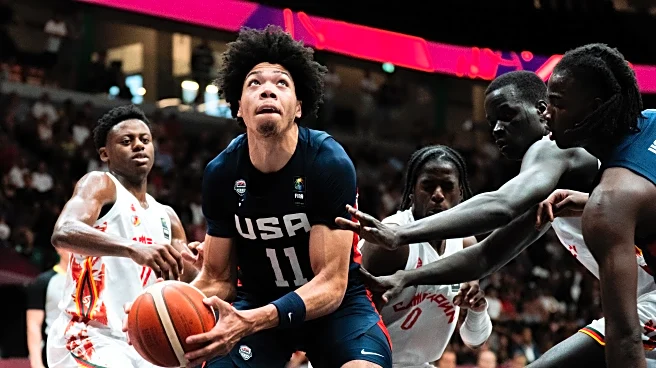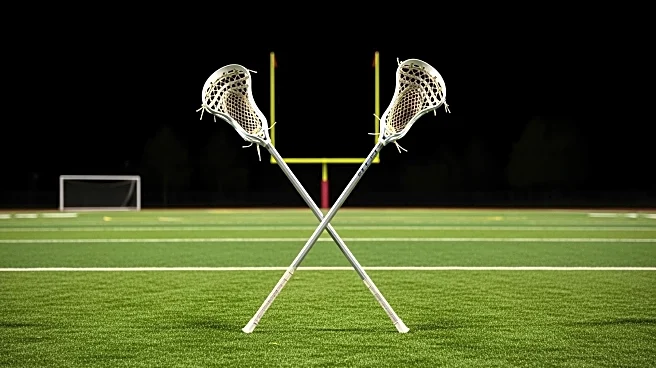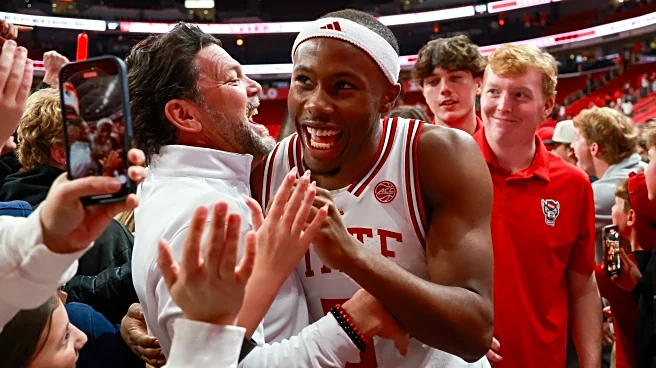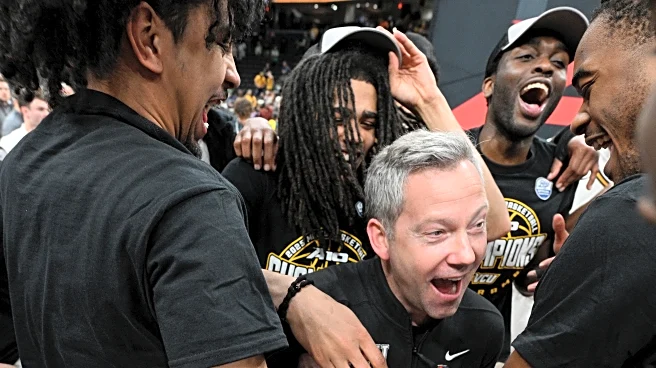What's Happening?
Tyran Stokes, the No. 1 high school basketball player from the class of 2026, has withdrawn from Sherman Oaks Notre Dame High School. Stokes, who arrived from a Northern California prep school, played
a key role in the Knights' success last season, helping them reach the Southern Section Open Division championship game. His departure may affect Notre Dame's national TV game plans, although the team remains strong with other top players. Stokes' decision to leave Notre Dame is expected to shift the Mission League preseason favorite to Sierra Canyon.
Why It's Important?
Stokes' withdrawal from Notre Dame is significant as it may impact the school's basketball program and its national visibility. His departure reflects the growing trend of top prospects seeking environments that best support their development and exposure. The move may influence Notre Dame's competitive standing and game scheduling, while also highlighting the importance of strategic planning in athlete development. Stokes' decision underscores the evolving landscape of high school sports, where mobility and opportunities play a crucial role in shaping athlete careers.
What's Next?
Stokes is expected to explore new opportunities, potentially attending a national-level prep school to enhance his development and exposure. His decision will likely influence his recruitment by collegiate programs, as he seeks environments that maximize his potential. Notre Dame will need to adjust their strategies to maintain competitiveness, focusing on leveraging the strengths of remaining players. The implications of Stokes' departure may lead to discussions on athlete mobility and the role of prep schools in developing elite talent.
Beyond the Headlines
Stokes' situation highlights broader trends in high school sports, including the impact of athlete mobility and the increasing importance of strategic planning in development. His decision reflects the growing influence of branding and sponsorships, as well as the commercialization of high school sports. The implications extend to discussions on the evolving landscape of athlete recruitment and development, emphasizing the need for adaptable strategies.












